9 Top Christian films you should watch today
Here are 9 top religious films that Christians should watch:
1. Mary Magdalene
Christian Today has reviewed the movie Mary Magdalene here and interviewed Joaquin Phoenix, who plays a uniquely vulnerable, human and burdened Jesus, here.
The beautifully shot film, written by Helen Edmundson and Philippa Goslett, looks at the human relationship with God through the eyes of Mary, who is rehabilitated from her mythical status as a prostitute into a pious and earnest seeker of truth by the acclaimed actress Rooney Mara. She is placed at the heart of the Jesus story, having left her family to follow 'the healer' and ending up as a key disciple.
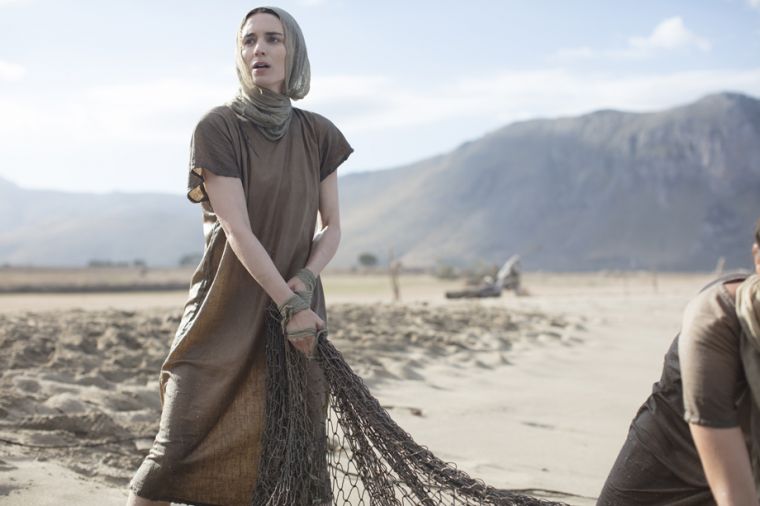
Having been present for all the major events in Jesus's ministry shown in the film, at its close, Mary makes a powerful and, yes, feminist speech about the legacy of Christ.
For any Christian looking for an original popularisation of the Gospels, if not a wholly accurate one, or any non-religious person seeking an easy way into the story, you could do a lot worse than to see Mary Magdalene.
2. Jesus of Nazareth
With a running time of more than 6 hours, this major 1977 epic portraying the life of Jesus from the Virgin Birth to the Resurrection, originally a mini-series, is a must-watch for Christians. The British actor Robert Powell plays a wonderfully convincing (if piercingly blue-eyed) Jesus who is by turns peaceful and white hot with fury.
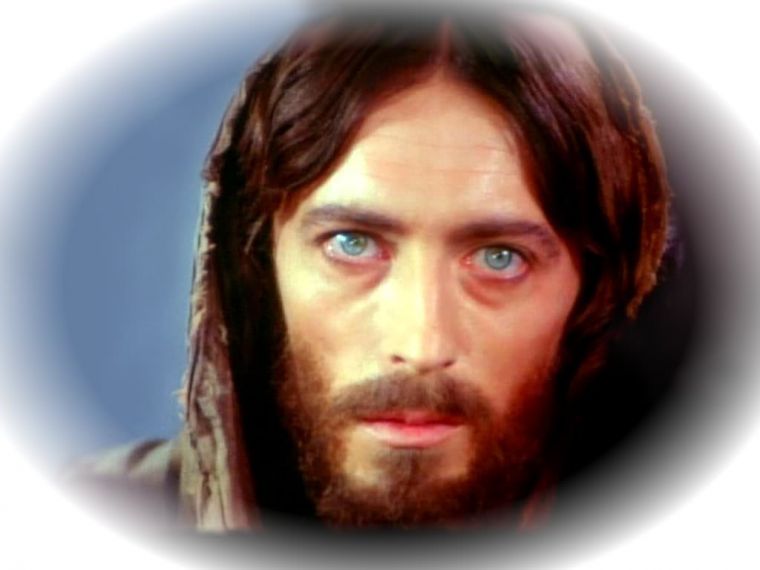
Directed by Franco Zeffirelli, Jesus of Nazareth, which was four years in the making, also stars Anne Bancroft as Mary Magdalene. Vatican-approved, the film sticks closely to the four New Testament Gospels.
My personal favourite, instead of spoiling it for you, I am merely going to recommend that you find the time to watch the whole thing on YouTube.
3. Ben Hur
Ben Hur (1959), the first Hollywood film to make the Vatican approved film list in the category of religion, won 11 Academy Awards, including Best Picture, Best Director, Best Actor, Best Supporting Actor and Best Cinematography. It was the first film to win 11 Academy Awards.
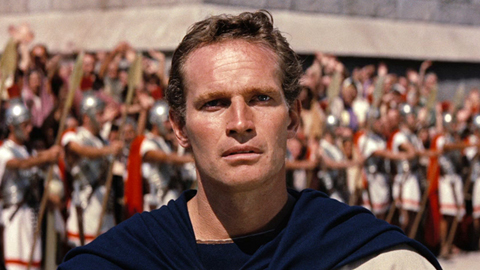
The epic portrays Judah Ben-Hur, played by Charlton Heston, as a wealthy merchant in Jerusalem who is enslaved and encounters Jesus, who gives him much-needed water, in around AD 26. Later, when Jesus is being crucified, Judah, in different circumstances, has another encounter with Jesus in which he, in turn, gives Jesus water.
The production cost MGM a massive $15 million and was a gamble by the studio to save itself from bankruptcy. The gamble paid off, with the film earning $75 million.
4. The Passion of the Christ
Directed by Mel Gibson, the controversial film divided critics with its extreme 'pornography of violence' with the flogging and crucifixion of Jesus, and accusations of antisemitism. However, its defenders insisted the film does not promote violence; rather it uses it to transmit a message of hope, and the film was awarded three Academy Awards.
The movie begins with powerful scenes in the Garden of Gethsemane on Maundy Thursday and is purely based on the subsequent arrest, trial and death of Jesus, though it contains flashbacks from his ministry.
It is entirely in reconstructed Aramaic, vernacular Hebrew, and Latin. Because the story of the Passion is so well-known, Gibson felt the need to avoid vernacular languages in order to surprise audiences.
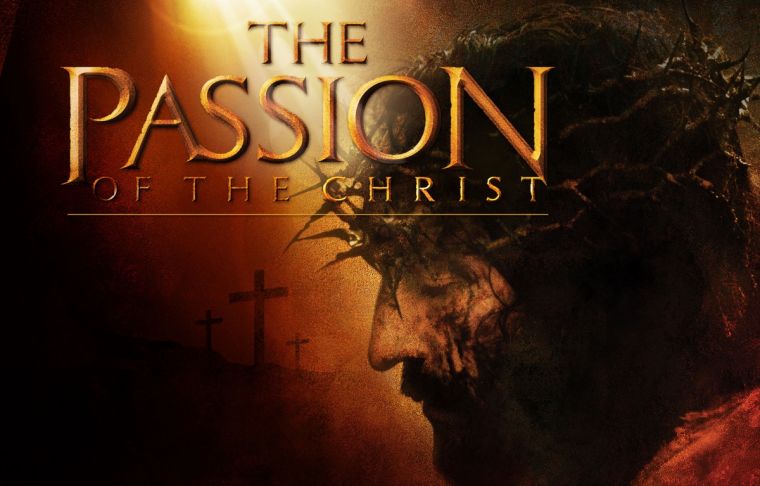
Thanks to their experiences during film production, many of the cast and filming crew converted to Catholicism after the completion of the film. Among those who converted was an atheist who played Judas Iscariot.
The Passion of the Christ is the highest grossing foreign language film and/or subtitled film in US box office history. It is also the highest grossing religious film in worldwide box office of all time.
5. Gandhi
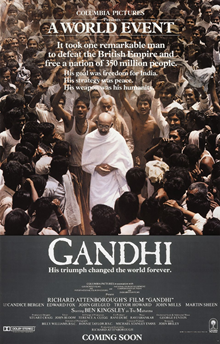
The story of the Indian activist who led India to independence of British rule, this film won eight Academy Awards including Best Picture, Best Director, Best Actor, Best Writing and Best Cinematography.
When plans for the film were announced, Richard Attenborough held a press conference in Delhi for the Indian media. There was much concern expressed about how such a revered figure as Gandhi, a virtual deity to many Indians, would or should be portrayed on screen.
One female journalist seriously suggested that Gandhi should only be shown as a brilliant white light moving across the screen. An exasperated Attenborough snapped back: 'Madam, I am not making a film about bloody Tinkerbell!'
Ben Kingsley prepared for his role by studying newsreel footage of Gandhi, reading books on and by the man, dieting, losing weight, practising Yoga and learning to spin thread just as Gandhi did. While filming in some of the more rural villages in India, with Ben Kingsley in full make-up as Gandhi, some of the older members of the communities were confused as they thought they were seeing the real man again.
6. The Last Temptation of Christ
Martin Scorsese had wanted to make a film version of Jesus' life since childhood. While directing Barbara Hershey (who plays Mary Magdalene in the film) in the 1972 film Boxcar Bertha, she gave him a copy of the Kazantzakis novel of the same name on which the film is based. Scorsese optioned the novel in the late 1970s, and he gave it to writer Paul Schrader to adapt.

The film, which portrays a very human Jesus as tempted towards intimacy with Mary Magdalene, was highly controversial at the time of release. It was judged so controversial by some French fundamentalist Catholics, that they went as far as torching several cinemas releasing the film, in Paris and Besancon, causing one death and several serious injuries among the audience.
The film was also banned or censored in some countries, including Greece, Turkey, Mexico, Chile, and Argentina for several years.
The picture was Oscar nominated, in one category, for Best Director. In the history of the Academy Awards, it is a very rare occurrence for a film to be Oscar nominated only for directing without being nominated for anything else. In fact, this is the only film for which Martin Scorsese was nominated for a Best Director Oscar in a non-Best Picture nominated film.
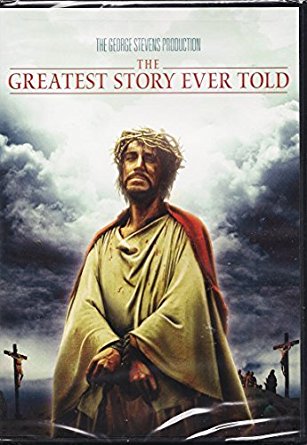
7. The Greatest Story Ever Told
The Greatest Story Ever Told is a retelling of the story of Jesus Christ, from the Nativity through the Resurrection. This film is notable for its large ensemble cast and for its five Academy Award nominations.
Director George Stevens shot The Greatest Story Ever Told (1965) in the American Southwest, in Arizona, California, Nevada and Utah. Pyramid Lake in Nevada represented the Sea of Galilee, Lake Moab in Utah was used to film the Sermon on the Mount, and California's Death Valley was the setting of Jesus' 40-day journey into the wilderness.
8. The Ten Commandments
The Ten Commandments dramatises the biblical story of the life of Moses, an adopted Egyptian prince who becomes the deliverer of his real brethren, the enslaved Hebrews, and therefore leads the Exodus to Mount Sinai, where he receives, from God, the Ten Commandments.
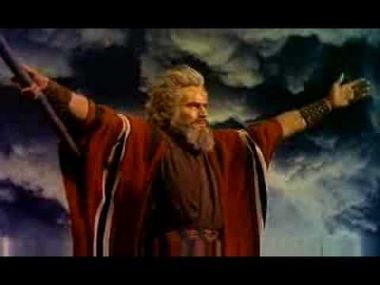
No one received on-screen credit for the voice of God. The voice used was heavily modified and mixed with other sound effects, making identification extremely difficult. Various people have either claimed or been rumoured to have supplied the voice, including: Cecil B DeMille (who also narrated the film), Charlton Heston, and Delos Jewkes.
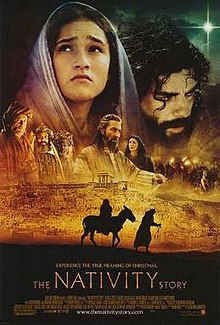
The film was released to cinemas in the US on October 5, 1956 and, at the time of its release, was the most expensive film ever made. However, It is also one of the most financially successful films ever made, grossing approximately $122.7 million at the box office during its initial release; it was the most successful film of 1956 and the second-highest-grossing film of the decade.
It was nominated for six Academy Awards and won for Best Effects.
9. The Nativity Story
The film was released at the beginning of Advent on December 1, 2006 and tells the story of Mary and Joseph's journey to Bethlehem for the birth of Jesus.
The film's cast were taught how to use certain tools used 2,000 years ago as well as how to build homes, how to press olives and grapes, how to make bread, how to make cheese, and how to milk goats.
This was the first feature film ever to premiere at the Vatican.











